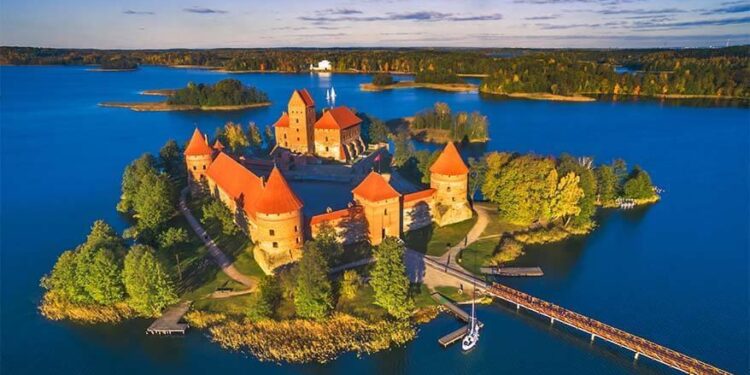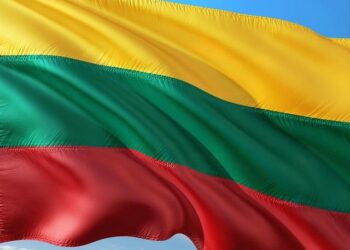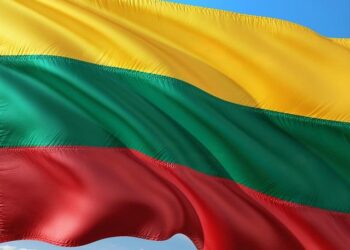Lithuania stands at a pivotal crossroads in its energy future as it prepares for 2025, navigating the challenges and opportunities of a rapidly evolving global landscape. The International Energy Agency’s latest review of Lithuania’s energy policy offers a comprehensive assessment of the country’s progress in achieving energy security, sustainability, and market integration. This in-depth analysis highlights Lithuania’s strategic efforts to diversify its energy sources, enhance renewable energy deployment, and strengthen regional cooperation within the Baltic and European energy frameworks. As Lithuania accelerates its transition towards a low-carbon economy, the IEA’s report provides critical insights into the policy measures shaping the nation’s energy trajectory for the coming years.
Lithuania’s Energy Landscape in 2025 Decarbonization Efforts and Renewable Integration Challenges Policy Recommendations for Sustainable Growth and Energy Security
Lithuania is rapidly advancing its energy transition with ambitious goals to reduce greenhouse gas emissions by 70% compared to 1990 levels by 2030. The country has made significant strides in expanding its renewable energy portfolio, particularly in wind and solar power, which now account for nearly one-third of its electricity generation. However, integrating these intermittent energy sources into the grid presents complex challenges, including grid stability, energy storage, and balancing supply with demand during peak and off-peak hours. Additionally, dependence on imported fossil fuels, although declining, still poses risks to energy security, requiring continued diversification and infrastructure resilience.
To address these challenges, experts emphasize the need for multifaceted policy interventions focused on innovation and infrastructure modernization. Key recommendations include:
- Investment in smart grid technologies to enhance flexibility and real-time energy management.
- Expansion of energy storage solutions, such as battery systems and pumped hydro, to mitigate renewable variability.
- Strengthening regional interconnections to facilitate electricity trade and balance across the Baltic and Nordic power markets.
- Incentivizing energy efficiency in industry and residential sectors to curb demand pressures.
| Key Indicator | 2023 | 2025 Target |
|---|---|---|
| Renewable Share in Electricity | 28% | 40% |
| GHG Emissions Reduction | 55% from 1990 | 65-70% from 1990 |
| Energy Import Dependence | 30% | 15% |
Insights and Conclusions
As Lithuania charts its course toward a more sustainable and secure energy future, the IEA’s 2025 Energy Policy Review highlights both the nation’s commendable progress and the challenges that lie ahead. With ambitious targets for renewable energy integration, energy efficiency, and regional cooperation, Lithuania stands at a pivotal moment in its energy transition. Continued policy commitment and strategic investments will be essential to meet these goals and to strengthen Lithuania’s position within the broader European energy landscape. The coming years will be critical in shaping how Lithuania balances economic growth, environmental responsibility, and energy security in an increasingly complex global context.
















